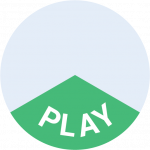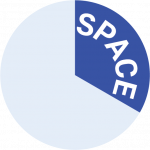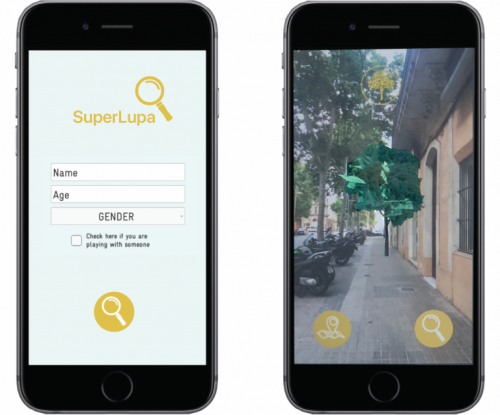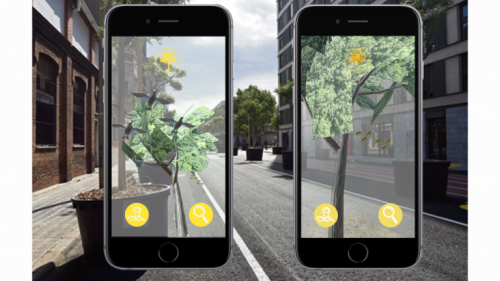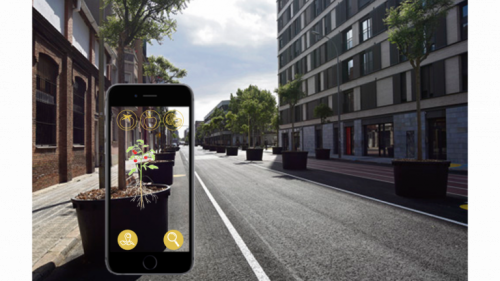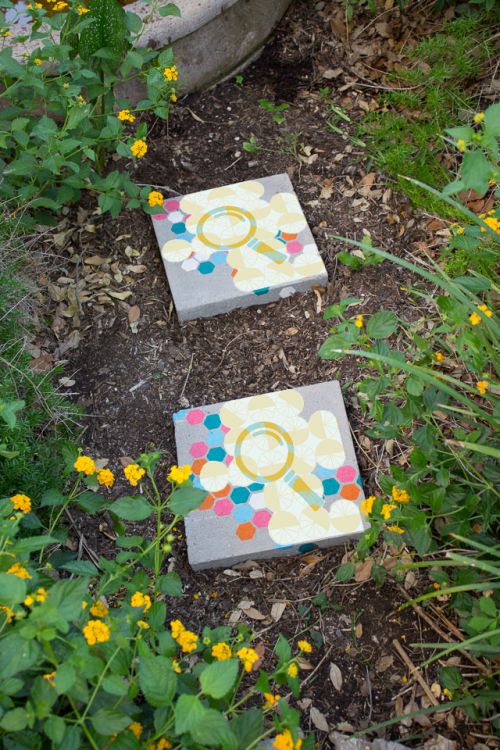Author: |
ajla Aldah + Ren Jiale (IAAC) |
Barcelona, spain, 2018 | |
| http://www.iaacblog.com/programs/superlupa/ | |
SuperLupa is an educational, self-guided game and an indirect participatory design tool that encourages urban exploration of the neighborhood by having markers distributed in different locations for kids to seek and find. Using these markers children are able to unlock chapters of the game and each chapter has a different lesson about the public space and what it contains.
The interface works as a magnifying glass where kids can use the phone to move closer and examine the mixed reality objects to further explore and learn. The chapter we developed using Unity was the Tree Chapter which teaches children about biodiversity and how trees are home to different species such as birds, bees, and even microorganisms that cannot be seen by the naked eye.
The next chapter to be further explored would be food production where kids can learn the types of crops that can and cannot grow in Barcelona by dragging different kinds into the screen and watching its growth process.
From testing out the game in the Superilla, we managed to verify that it can be considered as a multiplayer game since kids were always playing in groups and teaching each other every new discovery they made.
How can the data extracted transform public space?
Location, age, time, interest and level assessment are the five main categories of data generated directly by the game. By cross-referencing these different categories and overlaying them over existing data such as current land-use, decisions makers can be able to:
- Identify hot-spots and deserted areas in the neighborhood
- Understand where kids of certain age gather and why
- Understand when kids use the public space and why
- Distinguish which chapters kids seek and find more interesting and how much time they spend on each chapter
- Identify kids levels and reaction to challenges
Urban interventions such as reactivating deserted areas, introducing temporary events that are more targeted towards different age groups according to their location and interests, creating outdoor learning spaces and others are examples of how SuperLupa can influence the future of the urban planning process.
- Project
- Purpose Activation
- Purpose Raise awareness
- Purpose Educate
- Purpose Visualise needs
- Purpose Decision making
- Purpose Designing
- Co-Creation Co-analysis
- Co-Creation Co-design
- Co-Creation Co-monitoring
- Outcome Decision making
- Outcome Knowledge
- Outcome Design
- Outcome Awareness
- Mechanics Location based
- Mechanics Simulations
- Mechanics Mapping
- Mechanics Geolocation
- Mechanics Hypothesis
- Mechanics Metagame
- Technology Tools AR VR
- Technology Tools Audio Visual
- Technology Tools Data AI
- Technology Tools Data Collection Visualization
- Technology Tools Digital Interface
- Technology Tools Mobile
- Aesthetics Sensation
- Aesthetics Realism
- Scale District
- Scale Neighbourhood
- Scale Street
- Audience Community
- Scope Individual
- Scope Small group

